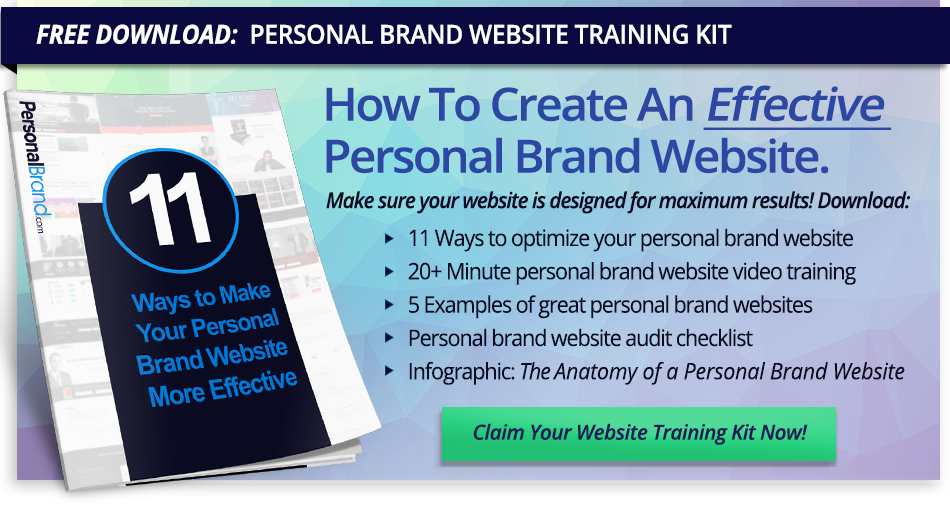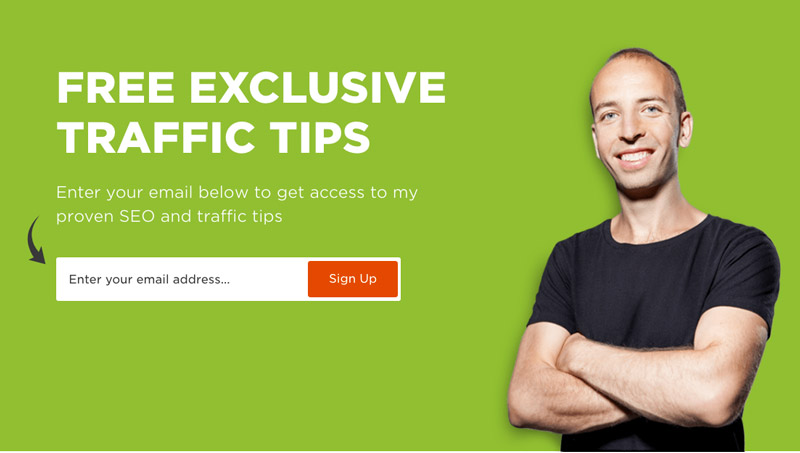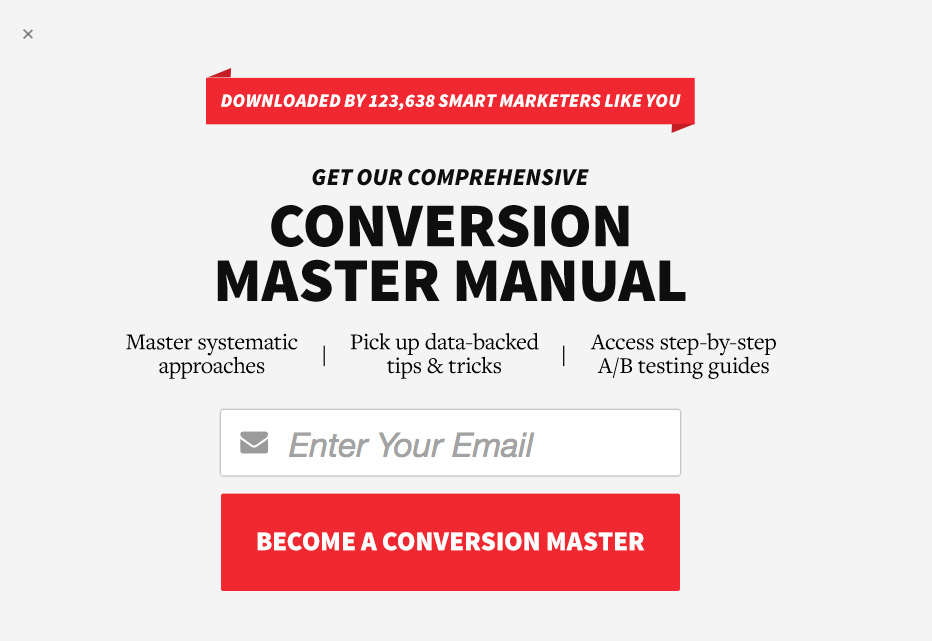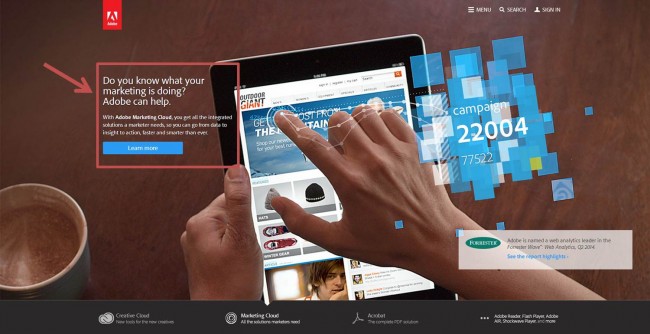Are your words moving people to action or lulling them to sleep?
Copywriting is one of the most essential skills that any entrepreneur or brand builder needs to possess. While there are many factors that contribute to successful conversion rates, strategically writing copy that converts is at the top of the list when it comes to generating sales. You can do a lot of the other things wrong, but if you have powerful copy that resonates, you’ll still make sales.
We’ve watched countless individuals pour hours into their launches, campaigns, and development of products/assets only to neglect the importance of the communication that directly drives the sale: the messaging.
And while the creation of these assets are absolutely crucial, we cannot forget about the conversation that must happen in order to make a sale in the first place.
On the other side of the screen is a REAL person, with REAL problems who for a moment has stopped what they are doing to hear what you have to share. Our words have the power to make or break a sale, and a good writer knows how to drive people to action.
Your ability to write excellent copy and authentically connect with your target audience is how you seal the deal and make the sale.
You see, great copy does not mean coming up with magic words that unlock the wallets of your prospects. It’s about being able to articulate their problem more clearly than they can and show how you can help them achieve their desired outcome. – Michael R. Hunter
Good copy tells your prospective customer the many ways they’ll benefit from buying your product without sounding too salesy. It starts a conversation, and it helps you stand out from your competition.
Copy Mindset Primers
Before we get into tactical conversion copywriting advice and frameworks, it’s essential to take a step back and prime your mind with the foundations for copywriting success.
Although these elements may seem elementary, these fundamental aspects cannot be overlooked!
Join in on the Conversation
When writing sales copy, most people approach their customers with one goal in mind: make the sale.
The problem with this typical approach is that it could actually be your copywriting downfall.
If you take a moment to think of the conversation in your customer’s mind, you will find that they are NOT thinking about your product, or buying from you.
If you solely focus on talking about your product and making the sale, you may overlook the human aspect of the copy and dive straight into the details about your product before your potential customer even understands why those things are important or how they can help.
Would a doctor hand out a prescription without giving some attention to the patient’s symptoms first?
I don’t think so. You must get into the mind of the customer. Meet them where they are at, at their symptoms, and bridge the gap between the symptoms they are experiencing and the actual root of those symptoms, and how your product or service can help.
Consider the following copy:
“Take this 90-day Facebook course and watch your business improve by next month.”
This is an example of copy that races into the sale without taking time to consider the details of what the customer may be thinking.
So what might the perfect customer be thinking?
“I love my business, but I wish I could reach more people. I’m spending lots of time and money on Facebook Ads, but I have yet to see a return. I was really proud of the one sale I got last week, but I haven’t had any success since, and I’m scared I’m just wasting money. I have to be missing something because I’ve seen other people do really well using Facebook Ads. I just don’t know where I should focus my time, money and efforts or what I’m doing wrong.”
Here are that prospect’s key problems:
- Not reaching enough people
- Spending lots of time on creating Facebook ads but getting no results
- Frustration that they have seen glimpses of hope in using ads
- Envious of others getting results using ads (and wondering what the “secret” is)
Copy that includes these details is going to build a stronger connection with the reader because it sounds like the conversation they are already having in their mind.
Implementing this technique will help you to get your customer on board as you lead them up to the sale.
Trigger an Emotional Response
After you have spent some time thinking about the customer and conversation happening in their mind, you are that much closer to making a genuine sale.
The next step is to dive deeper and connect with your prospect on an emotional level.
Writing emotionally can be hard, especially when there is a screen between you and your customer.
You must rely on your words to evoke emotion, driving them toward the desired outcome. The way that we present information can dramatically change how individuals grasp and understand our messaging.
It’s up to YOU to drive that connection.
One of the easiest ways to drive connection is through storytelling. Click here to read our full post on how to leverage storytelling to increase your influence and how you can use it to compel your readers towards action.
When we utilize stories to persuade our audiences, the brains of those receiving the information become synchronized with ours and spark a deep level of connection.
To write copy that converts you must think about how you can motivate people toward change by sharing stories that sound and feel unmistakably human.
“You can glorify the benefits of your product/services to customers all day long. But they also need to connect with YOU.” -CopyBlogger
Your copy must have a balance that conveys the benefits of your product/service, but also the passion you have to help your customers. The best way to do that is through your own personal story or experiences.
Bottom line: People buy on emotion and validate with logic.
Which bring us to our next point…
Demonstrate Your Unique Value
You’ve got the customer emotionally invested in your idea. Now it’s time to win them over by standing out from the competition.
Whether you like it or not, you’re being evaluated. This is your moment to shine and demonstrate the unique results that customers can expect as a result of trusting in your product/service.
You want to showcase the unique value and solution that only YOU can provide to your customer’s life.
Focus on showing them WHY your product is better than others on the market and offer evidence of why your solution is the defacto choice.
Copy Elements that Convert
1.) Headlines
A great headline is crucial to the success of your content marketing.
According to CopyBlogger, 80% of your visitors will read your headline – but only 20% will go on to finish your content.
When creating your sales copy, seek to integrate strong innovative hooks to grab attention and provoke interest.
Your headlines should capture attention immediately and stop the reader in their tracks. Headlines MUST interest your prospect enough to keep reading.
Otherwise, you’ll be kissing that sale goodbye.
2.) Overcome Objections Through Messaging
The last thing that you want to do is to leave your potential customer to do more research themselves.
This means that you need to take the time to write out every objection that your prospect may encounter when making their way through your copy.
The sooner you can overcome objections in your copy, the better. Seeing as though you’re not in front of your customer, you have to sense what the next logical question might be.
If you sense there could be an objection and you decide to ignore it, it’s like neglecting your potential customer. And you don’t want to ignore someone who is considering buying from you do you?
Try and cover as many objections as concisely as you can in your copy. Do your research and always look to provide solutions or dispel objections ahead of time.
Your hard work will pay off by the improved conversions you gain.
3.) Benefit Extension
Benefit extension works wonders in persuading your prospect to buy, but it all comes down to how you translate your product/service features into a life-impacting benefit.
Take this for example:
Feature = A car with 4-wheel drive
Benefit = Having more control over your vehicle to protect you and your family
Or this one:
Feature = Mattress with adjustable pressure
Benefit = We provide a premium sleeping experience so that you fall asleep faster and wake up rested, ready to conquer your day
You must help your customer see how that feature would directly better their lives. The words “so that” are key here. Using language that paints a picture of their near future will help you to win the sale.
Key takeaway: Go beyond the feature, always extend to the benefit
4.) Risk Reversal with a Guarantee
If you want your prospect to buy, you need to remove the logical and emotional risk with taking action.
A basic example would be of an online course in which you provide a 30-day money back guarantee. You’re reversing a financial risk.
Risk reversal is an excellent way to overcome objections.
Another example would be including a 60 minute “quick start” informational call to make sure customers are successful with your product or service from the start. This removes the social risk of embarrassment from incompletion or failure.
Remove fear from the buying decision and watch your conversions skyrocket.
5.) Bring in the Testimonials
Another vital component of successful copy that sells is the use and showcase of compelling and convincing testimonials.
Customer testimonials can be a crucial content element in a sales page or video as they are unbiased comments that motivates visitors to buy.
By using testimonials in text or video formats on your landing or sales pages, you introduce content that will elevate your product to others in a convincing manner.
Testimonials work because they aren’t direct sales pitches, and come across as an unbiased voice that only helps to boost your credibility and establish trust.
Bottom line: Use real people to showcase the success of your products + services.
6.) Call to Action
Congratulations! You’ve kept your prospect intrigued up to this point, and now it’s time to seal the deal.
“I believe there’s no such thing as a successful marketing effort unless there’s a successful CTA.”- Neil Patel
Developing a strong and creative call-to-action is equally as important as those headlines. What good is it if you convince your prospect to buy, but they are confused about what to do next?
Your call to action should succinctly describe the benefit of your product or service while simultaneously moving your prospect towards action.
Here are some examples to spark your creativity:
Make your call-to-actions count. This is where it matters the most.
Copywriting Frameworks to Lean On
Writing conversion copy can be intimidating. We’re sure you can relate to the feeling of staring at a blinking cursor on your screen with a million ideas in your head, but no words flowing through your keyboard.
To avoid hours of frustration, lean on proven copywriting frameworks. We’ll share two of our favorites with you here:
PAS: Problem Agitate Solve
Problem. In the first part of PAS, you need to define the problem.
If you can define the problem better than your prospect, they’ll be exponentially more likely to believe that you have the solution they’ve been seeking. This will lay the foundation for TRUST, a key factor in buying decisions.
Next, by defining the problem, it reminds them of the (solvable) pain they are experiencing. That takes us to the next one…
Agitate. You’ve given them the frame to look through, now is the time to drive home the pain of not having the solution. Get specific here. The more specific you can get, the more likely you’ll hit on a point that resonates with the reader.
Finally, you’ll want to provide a solution…
Solve. Now that you’ve laid out the problem, reinforced the pain caused by the problem in a specific way, and built trust, it’s time for the solution.
Take the reader from where they are now to where they want to be. Show them how their average day will be changed by your product or service. You can even hit on scarcity with limited availability or exclusivity. Perhaps consider playing into the fear of missing out.
Then, most importantly, ask for the sale.
AIDA: Attention Interest Desire Action
Attention. Grab their attention.
The purpose of each word is to get them to read the next. What could you say that is specific and intriguing enough to keep their attention? Debunk an existing belief pattern. Go against the grain of the industry. Give a shocking statistic.
Whichever you choose, get them curious!
Interest. You’ve got their attention, now your next step is to build up their interest.
This moves beyond basic curiosity to the early stages of consideration. Give specific situations, examples, and case studies that could change their paradigm.
Desire. Now they are following along with your every word, and their interest is piqued. It’s time to tap into their desires and pull at their heartstrings.
Show how the lives of others have been changed and more importantly how it could be THEIR life that changes.
Action. By this point, your prospect should be jumping up and down inside.
Tell them what to do next. Be specific, so there is no confusion on what they need to do.
Final Thoughts…
Writing conversion copy is no easy task. It takes trial and error, testing and many iterations to find out what resonates best with your audience. The good news is with dedicated practice and a desire to make a genuine sale, your efforts are sure to be fruitful.
Put into practice these key conversion copy principles as you continue to build your personal brand. It’s your responsibility and obligation to your customers to write copy that converts and pushes your industry forward.
What element of your copy needs the most attention today?
If you enjoyed this post, be sure to join our private, Personal Brand Builders Community to stay up-to-date on the latest tools, strategies, and best practices for building your personal brand. It’s free… and awesome!
We hope you enjoyed this article, thanks for reading! Also, follow us on Facebook, and Twitter for updates every time we publish!






